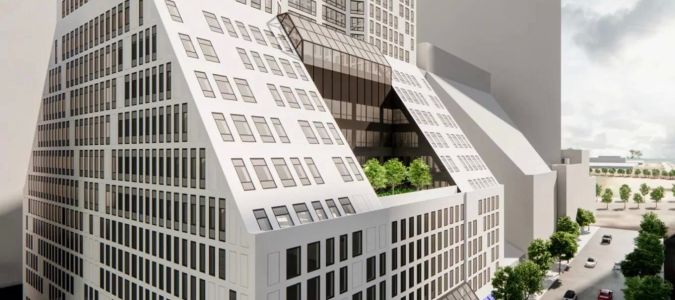The Role of Architects in Designing Safe and Secure Buildings
- Architect's Responsibility in Building Safety
- Key Principles of Secure Building Design
- Real-life Examples of Safe Building Designs
- Modern Approaches to Building Security
- Conclusion: Ensuring Safety Through Smart Design
Architect's Responsibility in Building Safety
When it comes to building design, architects play a pivotal role in ensuring safety and security. They are responsible not only for the aesthetic and functional aspects of a structure but also for creating environments that are safe for all occupants. This involves addressing various risks, such as structural integrity, fire safety, and accessibility. The architect's design process must integrate safety measures at every step, from the foundation to the roof. They collaborate with engineers, safety experts, and other professionals to ensure the building meets all local safety standards and regulations.
Key Principles of Secure Building Design
The design of secure buildings involves a number of principles that architects must incorporate to minimize risks. Some of the key principles include:
- Structural Integrity: The foundation and framing must be solid enough to withstand various stresses such as earthquakes or strong winds.
- Fire Safety: Architects must ensure proper fire escape routes, fire-resistant materials, and sprinkler systems are part of the design.
- Access Control: Secure buildings often feature controlled access points to prevent unauthorized entry, a critical aspect in both residential and commercial designs.
- Natural Surveillance: The strategic placement of windows and open spaces allows for clear visibility, helping to reduce security threats.
Real-life Examples of Safe Building Designs
There are numerous examples where architects have integrated safety and security seamlessly into building designs. One notable example is the design of the 10 Jay Street building in Brooklyn, New York, which includes advanced safety measures such as reinforced structural elements to withstand natural disasters, an intelligent fire alarm system, and comprehensive access controls. The architect worked closely with safety engineers to ensure the building would remain secure in both everyday and emergency situations.
Another example is the One World Trade Center in New York, a symbol of resilience and security. The building was designed with a focus on safety, including a robust structural system to protect against high-impact events, blast-resistant windows, and an emergency evacuation plan that minimizes risks for occupants.
Modern Approaches to Building Security
Modern building security goes beyond traditional methods. Architects today are increasingly incorporating advanced technologies to enhance safety. For example, buildings are now using smart technologies like surveillance systems integrated with AI, sensor-based fire detection systems, and automated security features that can adjust based on occupancy and external conditions. Architects also focus on sustainable materials and energy-efficient designs that not only improve safety but also reduce the building's environmental impact.
Conclusion: Ensuring Safety Through Smart Design
In conclusion, architects are crucial to ensuring the safety and security of the buildings they design. By following established design principles, integrating modern technologies, and learning from real-world case studies, architects can create structures that protect lives and property. As a result, the role of architects in designing safe and secure buildings has never been more important.
If you're looking for inspiration on designing secure and safe buildings or need expert architectural services, consider visiting 10 Jay Street to explore more about innovative designs and solutions that prioritize safety and security.








